Ebola and Zika seem to get all the headlines,but the world is filled with unusualvirusesthat make up the one of themost abundant types of organism on the planet. Invisible to the naked eye, microbiology professor Dr Marilyn J Roossinckhas pulled together 101 amazingpictures of the microorganisms for her new book, which shows some beautiful, but deadly, viruses in incredible detail.

CAULIFLOWER MOSAIC VIRUS
Discovered in 1937, the cauliflower mosaic virus was the first plant virus to have its genome sequence determined and can also be found in the majority of genetically modified plants. But don't worry, it appears naturally in non-genetically modified ones as well.

ZIKA VIRUS
It might only be recently that the Zika virus has been deemed newsworthy, but it was actually discovered in the Zika forest of Uganda back in 1947.

CITRUS TRISTEZA VIRUS
Nearly 100 million trees died worldwide during an outbreak of this virus in the 1930s, with the devastation it caused lending it the nametristeza, which means 'sadness' in Portuguese.

WEST NILE VIRUS
Most people avoid any symptoms when they contract the West Nile virus, but about 1 per cent will develop a neurological disease that can causemeningitis, encephalitisor paralysis.

CUCUMBER MOSAIC VIRUS
The Cucumber mosaic virus is like a viral Casanova; it has been documented on 1,200 different plant varieties, making it the virus with the largest known range of hosts.
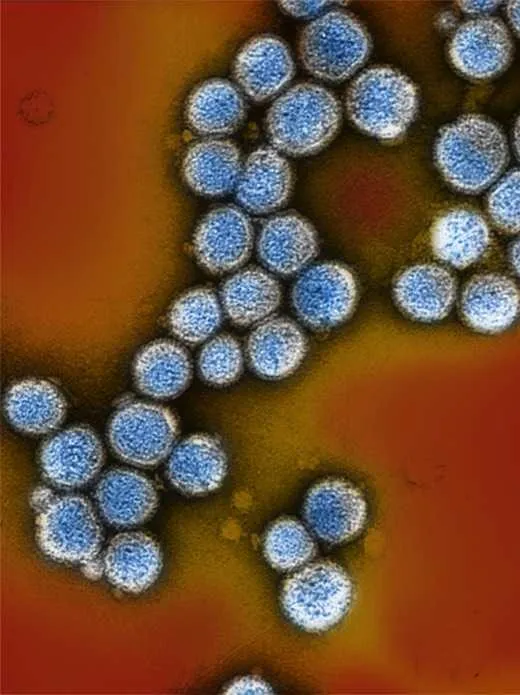
TOMATO SPOTTED WILT VIRUS
The tomato spotted wilt virus is a curious number that propagates by attaching itself to plant-eating insects and then infects the plant it lands on. By doing this, it makes the plant more receptive for the insect to host their developing young.
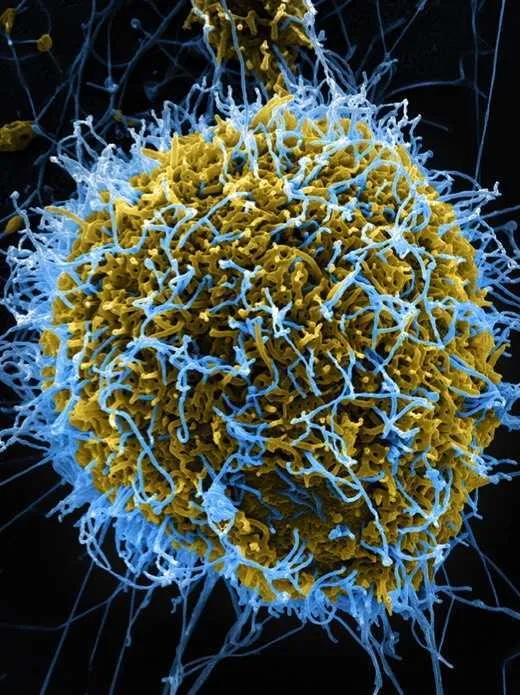
EBOLA VIRUS
This deadly virus caused the death of morethan 11,000 people during the 2013-15 Ebola outbreak in West Africa. In this photo you can see the virus (in blue) infecting the host cell.

HUMAN ADENOVIRUS 2
Adenoviruses are critical to our understanding of RNA and in China they have been approved in cancer treatment to destroy specific cancer cells in humans.

TOBACCO MOSAIC VIRUS
Rosalind Franklin made a model of the Tobacco mosaic virusto display at the 1958 World's Fair in Brusselsas it wasthe first to have its structure determined.

INFLUENZA VIRUS A
We've all been bed-ridden with flu at some point in our lives, but the Spanish flu pandemic of 1918 led to the deaths of around 40 million people worldwide.

ROTAVIRUS A
It is estimated that 90 per cent of children suffer fromdiarrhoea caused by the rotavirus at some point.It is easily transmitted, with only 10 particles per gram required in faeces to infect someone -on average, an infected person's poo will contain 10trillionparticles per gram!
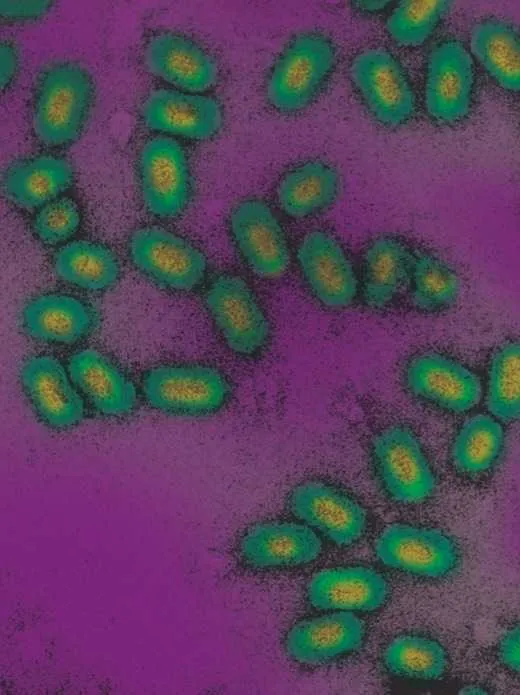
OURMIA MELON VIRUS
Plant viruses tend to evolve from two different plant viruses, but the Ourmia melon is unusual because it evolved from a plant and a fungal virus.It may wellhave a third ancestor, but it is too distant to know what it could be.
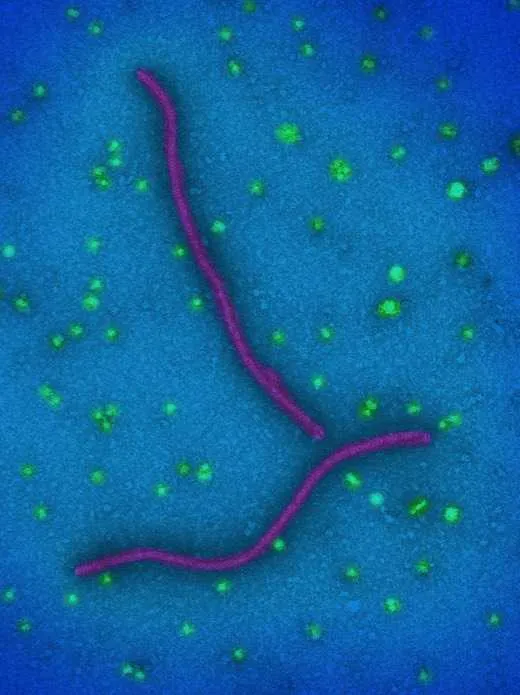
PLUM POX VIRUS
This virus has been useful for studying evolution as it targets long-living trees.Although a single strain might have infected a tree, it can be seen that different strains might evolve on different branches.
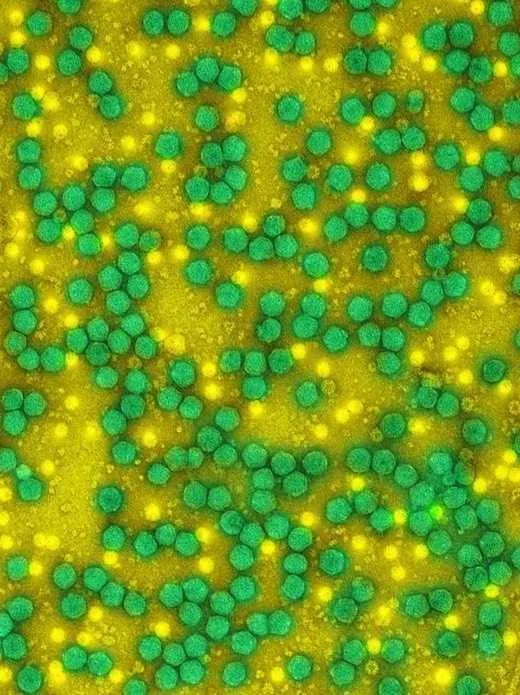
PEA ENATION MOSAIC VIRUS
It might be hard to tell from this image, but the Pea enation mosaic virus is actually two viruses that work together to infect their host.
© All images taken from Virus: An Illustrated Guide to 101 Incredible Microbes
Virus: An Illustrated Guide to 101 Incredible Microbes
byDr Marilyn J Roossinck
Available 1 September 2016,£20
Follow Science Focus onTwitter,Facebook, Instagramand Flipboard